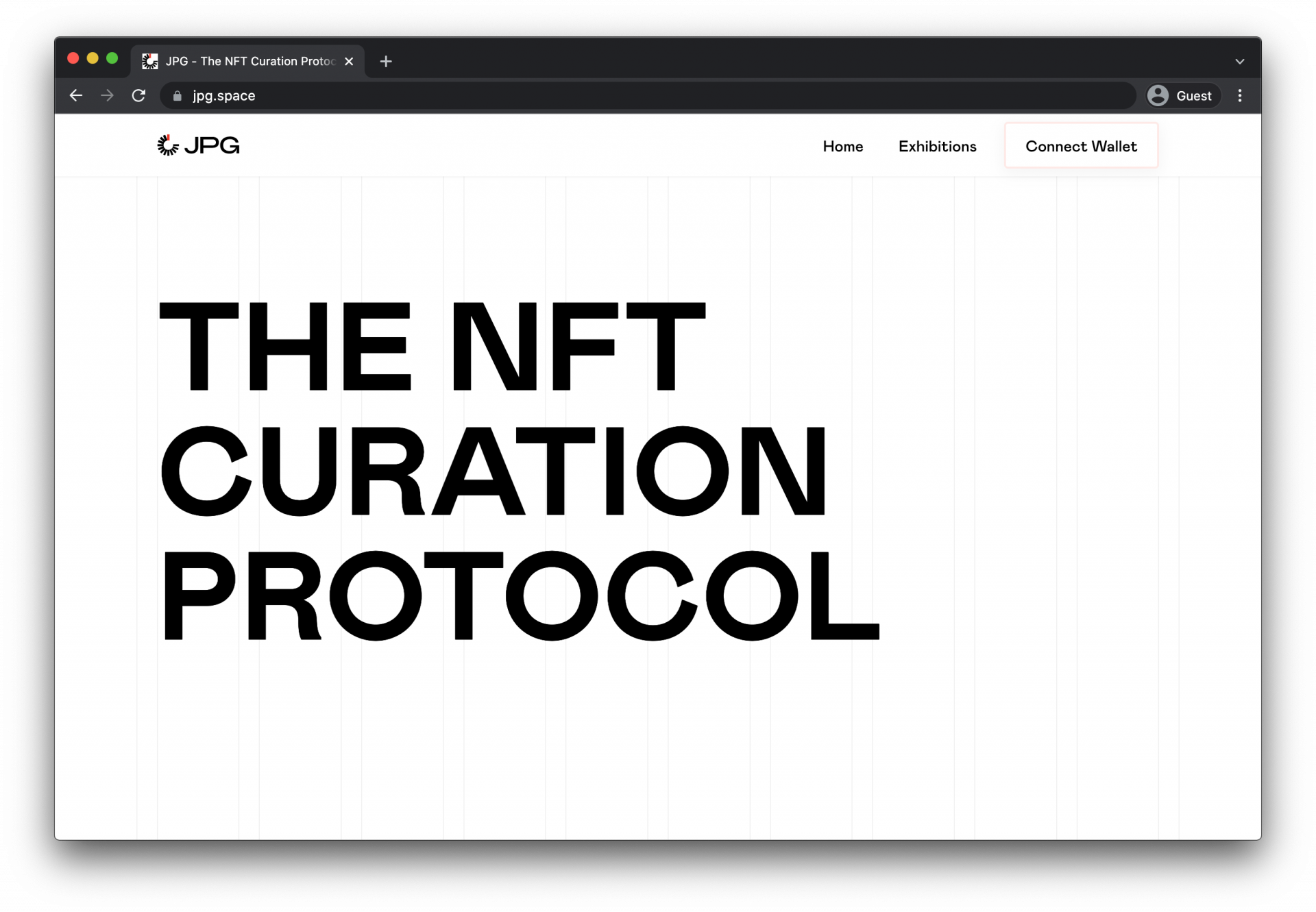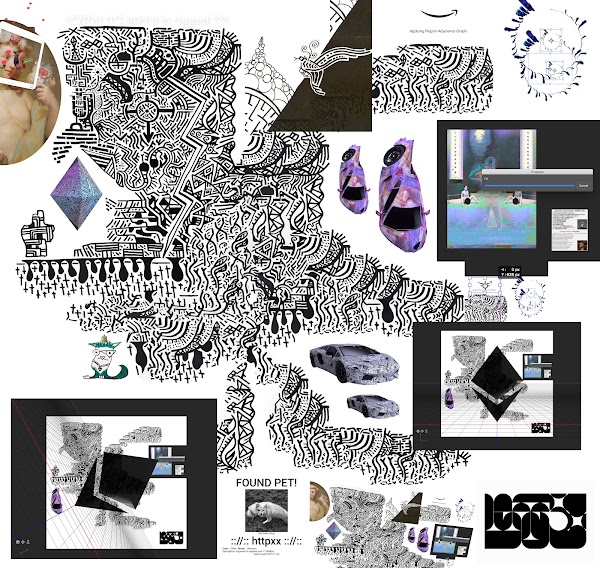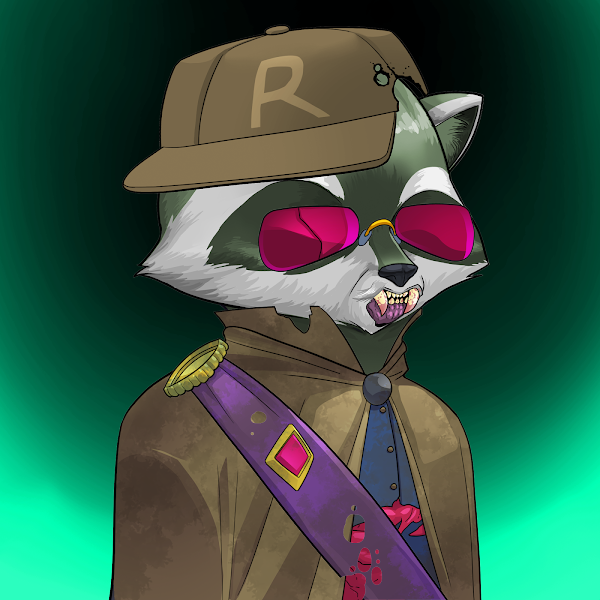A New Realism
Increasingly, painters are using digital tools and computer-generated images to capture the tone and texture of reality.


The race is on to figure out what role curatorial practice will play in the market-driven, speed-obsessed world of NFTs. The term “web3” is deployed with the same starry-eyed enthusiasm that accompanied its predecessor, Web 2.0, more than a decade ago, when thought leaders were extolling the virtues of news feeds, social graphs, and curation. For those now in a position to sell the narrative of web3 as revolutionary, the goal is to convince potential investors and users that the blockchain is propelling us toward a new and improved internet. Revolutions promise change, but revolutions are also cycles. A revolution is one count in a circular movement that may accelerate but nevertheless loops back to where it began. Platforms are emerging that offer the opportunity to curate NFTs in various ways, from virtual galleries in the metaverse to sites that let collectors organize their tokens in an aesthetically pleasing way. As web3 explores how curators can mediate and contextualize this new boom of digital art, the NFT world runs the risk of repeating and accelerating a grave mistake of Web 2.0: emptying the word “curate” of all its meaning, destroying its associations with care, research, and collaboration; and rendering it a near-mindless activity of rapid image association and exchange.
A company can build great tools, but it doesn’t mean everyone will know how to use them.
Some in the web3 space like to loudly denounce “gatekeepers” (another case of Web 2.0 deja vu) and curators associated with institutional power are often the target of this derision. Not surprisingly, most of the efforts to build more curatorial activity in the space are directed not toward engaging established curators, but rather toward empowering collectors, artists, and fans to take on the mantle of NFT curator themselves.

One start-up working to provide a platform for NFT curation is JPG, which bills itself as “the NFT Curation Protocol.” The website allows anyone to create online exhibitions of Ethereum NFTs regardless of whether they own them or not. The goal is to allow users to give new context to works and create a better viewing experience. JPG also tracks exhibition history and provenance, and plans to add a reputation layer that allows users to grow their influence by curating popular and well-regarded exhibitions. JPG is currently in beta and accounts are available by invitation only, but I managed to get one in order to play around with it. I was a little surprised to find that the current method for adding an artwork to an exhibition is by simply pasting in a link to the work’s OpenSea page. I’m not sure what else I expected. It somehow seemed both too easy and overly reliant on an entirely different front end for the Ethereum blockchain. In this sense JPG is a front end on top of a front end.
In a recent newsletter, JPG provided a long list of exhibitions that users have created with the platform. These include things like “Superconceptual I,” which has strong works by Mitchell F. Chan and Rhea Myers that contend with the philosophical implications of NFTs, but a completely incomprehensible exhibition text makes word-salad pronouncements like, “The best thing about the smart contractual architecturation of societal verticals where risk-takers are now freer to be aligned with their incentives…” and so on. Then there’s an exhibition with seemingly no unifying theme at all, titled “Cool Art.” There are works organized by a single color, a survey of “trash art,” and a (very brief) survey of early Ethereum NFTs. Clicking through these exhibitions, I began to feel I needed a way to curate the curators in order to truly see the potential in this kind of NFT exhibition.
Exhibitions put together by JPG’s cofounders are the highlights of the list. “Virality and Virtuality” by María Paula Fernández collects works that carry stories of hacks, “rug pulls,” fakes, and other conceptual pranks. It’s a great reminder that conceptual art has always been mischievous, and in this new context the brilliant and scammy uses of the blockchain often seem uncomfortably similar.

“Confessions of a Copium Eater” by Sam Spike, another cofounder, shows the most expensive pieces in several well-known collections. In his introduction, Spike writes that because of his immersion in the NFT world, he should have known to mint works from these collections at a point when they were relatively affordable. He describes the exhibition as a “portrait of foregone riches.” The individual works are scattershot and feel like a “Now That’s What I Call Music!” pop hits collection: there’s a Bored Ape, a Doodle, a ConeX, a Fidenza, and so on. But this exhibition is not about the work, it’s about the curator. When the artworks are used this way, they are not “texts” in a self-sufficient sense. The artworks are building blocks supporting some other statement that they are unable to speak to on their own. And how could they? As images they contain very little. They’re postage stamps, small fragments of collectible visual culture. Nevertheless, the exhibition is funny and self-reflective. It captures the futility of attempting to catch blue-chip NFT projects in their infancy.
It’s not a coincidence that the most compelling exhibitions on JPG are curated by the same people who are designing the platform. On one hand this makes perfect sense. Signups are not public yet, and the team needs to test the platform and provide examples of how it can be used. On the other hand, this might be an early indicator of how difficult it will be to scale the practice of curating meaningful NFT exhibitions to a wide group of users. The work of thoughtfully contextualizing complex artworks is something that not a lot of people know how to do. A company can build great tools, but it doesn’t mean everyone will know how to use them.
The best exhibitions aren’t containers for artwork. They’re radical propositions that force us to confront art in light of new contexts and possibilities.
A more foundational challenge facing NFT curation platforms might be the simple fact that they are platforms, and so by their very nature they offer users a limited set of options. It’s difficult to imagine a rich curatorial practice that begins with such a limited set of possibilities. JPG turns the act of curating into an activity that happens entirely within the technological and conceptual frameworks they control, using only the tools they design and provide. The ability to curate an exhibition becomes a service provided by a company, which is a very small slice of what curatorial practice can be. This is not to say that it’s impossible to curate a good NFT exhibition on JPG. In fact, as the site grows some people will surely become very good at it. But curating as a service means that however skilled those practitioners become, they will ultimately be perfecting an activity defined by someone else, like learning to speed-run Super Mario Bros, complete a paint-by-number, or make a really good PowerPoint.
The best curators begin with the structures that define their activity—protocols, institutions, politics, historical narratives—and push past them into new territory. The best exhibitions aren’t containers for artwork. They’re radical propositions that force us to confront art in light of new contexts and possibilities. Curating involves pushing against the very structures that support exhibitions and setting artworks on a collision course with the material, social, and political realities of the world. How can an exhibition that is confined to a particular service, or limited to a particular type of sales contract (NFTs), hope to accomplish that level of freedom? It will be a challenge to curate NFT exhibitions that break free from their own constraints, but I’m hopeful that it can be done. New tools are helpful, but exhibitions are meant to take viewers on a journey, one that should not be bound by protocols and sales contracts. We don’t need gatekeepers, we need guides.
Kevin Buist is a design strategist, curator, and writer based in Grand Rapids, Michigan.
